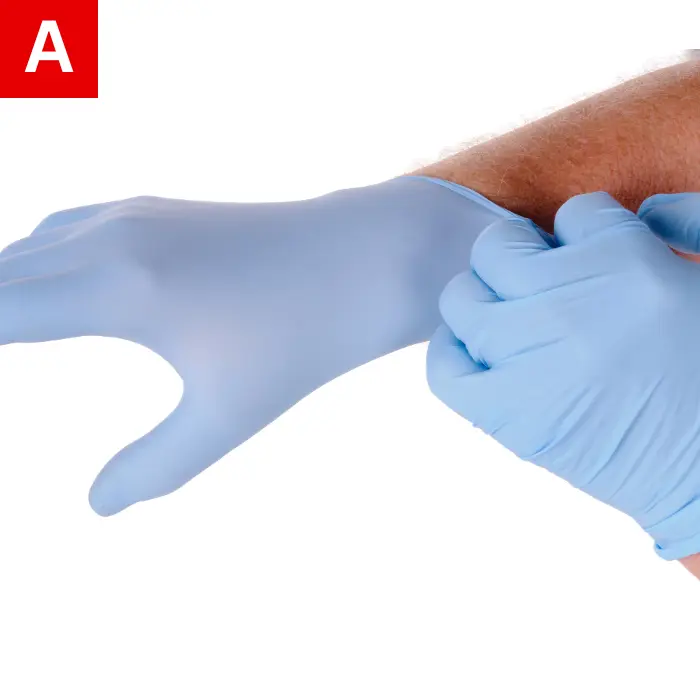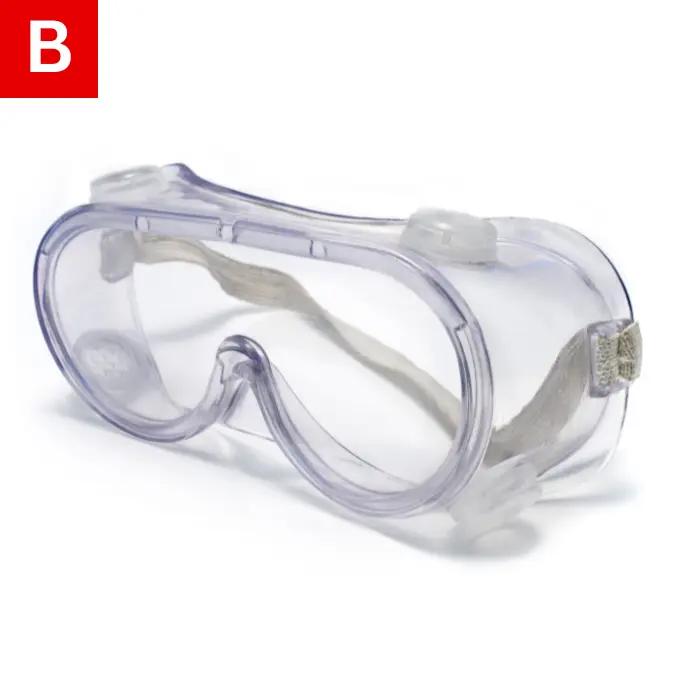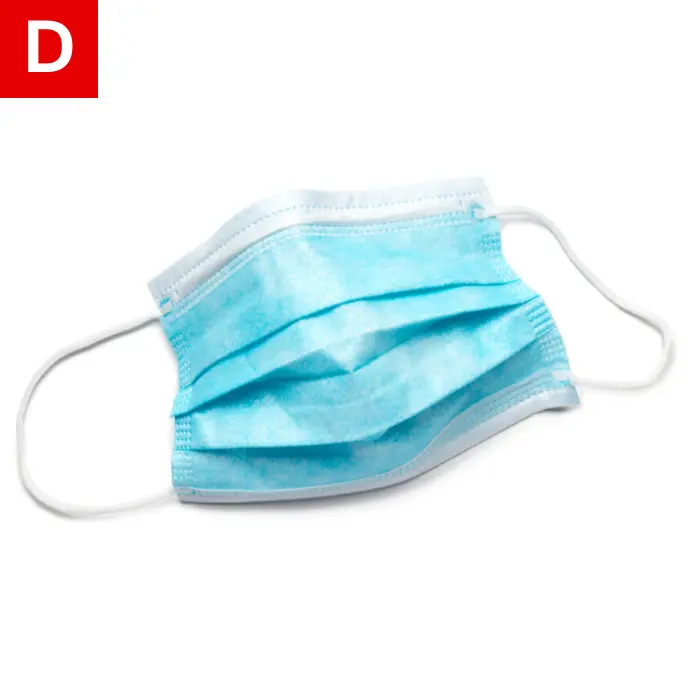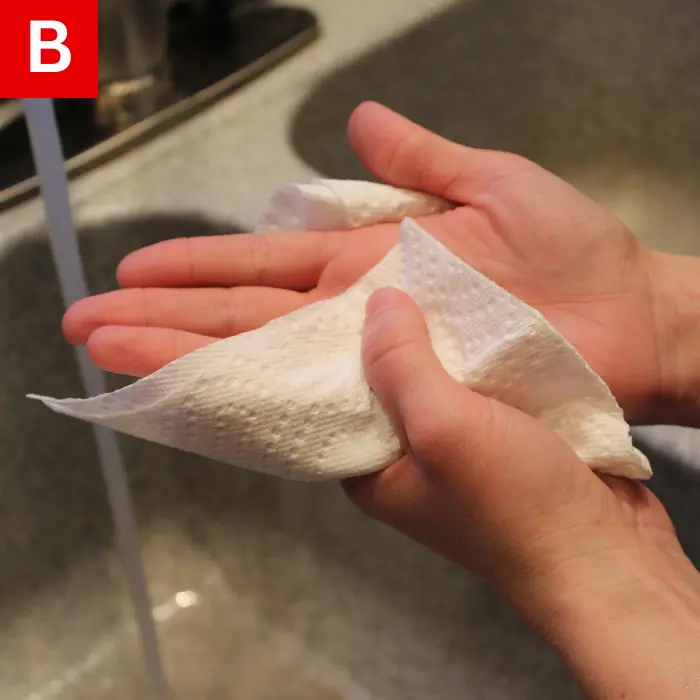Your cart is currently empty!
Bloodborne pathogens cannot survive for extended periods outside of the body, but they can survive in bodily fluids for days or weeks. Although infection is not imminent, bloodborne pathogens can enter the body from any mucous membrane, including minor scrapes or cuts. Therefore, protecting yourself is the first step toward preventing transmission.
Protecting yourself includes understanding bloodborne pathogens, where they may be, taking standard, universal precautions, following handwashing protocols, and thinking about your actions in advance.
An environment can be unsafe. Other employees, family members, or other events must always be considered before you begin dealing with possible bloodborne pathogen exposure.
Imagine a car accident victim who has suffered severe wounds. Make sure the scene of the accident is safe before you proceed.






Universal precautions are simple. They dictate that until proven otherwise, any bodily fluid may contain the bloodborne pathogens that could kill you.
In other words, wear appropriate personal protective equipment (PPE) as needed to prevent exposure, which includes the following:
The type of PPE depends on the unique circumstances of each case. If blood is likely to come into contact with your clothing, wear a waterproof, disposable gown. Always wear gloves, and if splashing or coughing is likely, a face shield or mask may be needed.
Some people may be allergic to materials used in the manufacture of PPE. For example, a person may be allergic to latex gloves. If a person is unable to provide allergy information, default to the use of non-latex gloves to be safe.



When it’s break time, it can be tempting to head straight for your drink or snack. However, you should always wash your hands before ever touching something that will come into contact with your mouth. This includes food, tobacco, vaporizers, drinks, and makeup.
Biohazard symbols indicate what type of pathogens may be present in an area. Biohazard symbols tend to have bright orange or red-orange backgrounds with letters indicating biohazard (Figure 4).
Your workplace has specific rules regarding where biohazards may be discarded, so check with your supervisor or ECP for guidance.

Never discard biohazardous waste in ordinary trash cans.
Never discard biohazardous waste in ordinary trash cans.